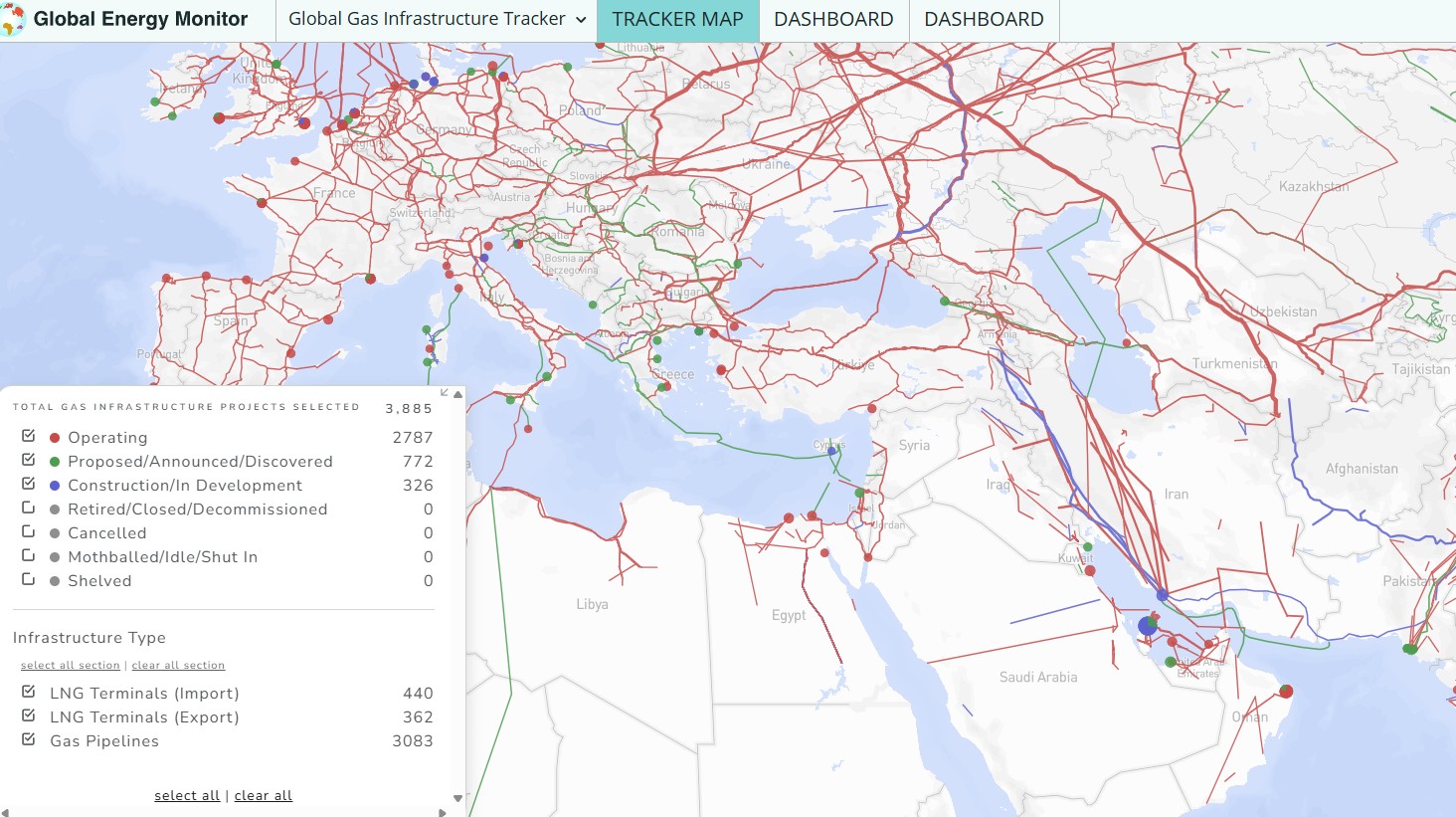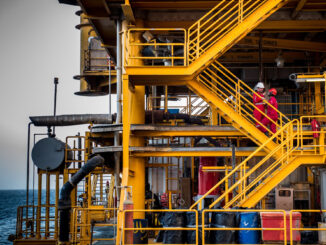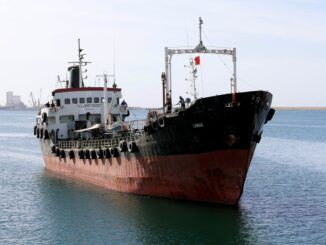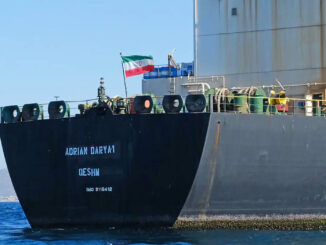
Syria’s oil sector, long crippled by civil war and international sanctions, is showing signs of revival following the dramatic ousting of President Bashar al-Assad in December 2024. The restart of the Banias oil refinery, one of Syria’s largest, marked a significant milestone, with fuel shipments resuming for the first time since the regime change. This development, coupled with the U.S. lifting sanctions on Syria’s oil ministry, refineries, and maritime authority, signals a potential turning point for the country’s energy sector. But behind the headlines lies a complex geopolitical chess game involving global powers, regional players, and a strategic “Land Bridge” that could reshape the Middle East’s energy and trade dynamics.
Is Oil & Gas Right for Your Portfolio?
Syria’s Oil Sector: A Glimmer of Recovery
The Geopolitical Players in the Background
- Russia: Moscow has long viewed Syria as its premier military and intelligence hub in the Middle East, with deep ties to the Assad regime. Russia laid extensive groundwork through energy deals, including a 2017 cooperation plan to restore 40 energy facilities, such as the Homs refinery, with a phased capacity target of 140,000 to 360,000 bpd. Despite Assad’s fall, Russia is moving quickly to maintain its foothold, with Deputy Foreign Minister Mikhail Bogdanov visiting Damascus in January 2025 to secure bilateral ties. Russia’s interest lies in Syria’s oil and gas potential and its role as a transit hub for energy and trade routes to Europe.
- China: Beijing’s ambitions in Syria are tied to its Belt and Road Initiative, which seeks to establish trade and energy corridors across Asia, the Middle East, and Europe. Syria’s Mediterranean coastline makes it a critical node for China’s long-term infrastructure plans, including pipelines and railroads. China has been a silent but persistent player, investing in Syria’s energy sector alongside Russia and Iran under the Assad regime.
- Iran: Until recently, Iran wielded significant influence through its “Shia Crescent,” a strategic arc of power stretching from Tehran to the Mediterranean via Iraq, Syria, Lebanon, and Yemen. Syria was a linchpin in this network, facilitating Iran’s oil exports and military logistics. The fall of Assad and the restart of Syria’s oil sector are seen by some as a weakening of Iran’s grip, but Tehran remains a player, particularly in negotiations over energy infrastructure.
- United States: The U.S. played a pivotal role in Assad’s removal, alongside the U.K., and is now shaping Syria’s post-Assad landscape through sanctions relief and diplomatic engagement. By removing the oil ministry and refineries from its sanctions list, the U.S. aims to facilitate Syria’s reconstruction while countering Russian and Chinese influence. However, tensions persist over control of eastern oil fields, where U.S.-backed Kurdish forces hold sway, creating friction with Turkey.
- Turkey: Ankara’s interests in Syria are multifaceted, involving security concerns over Kurdish groups like the YPG, energy trade, and regional influence. Turkey has announced plans to negotiate exclusive economic zone (EEZ) delimitations with Syria, potentially sparking disputes with Cyprus and Greece. Syria’s potential as a transit state for Israeli and Egyptian gas to Turkey and Europe further elevates its strategic value.
The Strategic Importance of the Land Bridge
At the heart of this geopolitical maneuvering is the concept of a “Land Bridge” from Tehran to the Mediterranean, a vision championed by Iran, China, and Russia. This corridor, passing through Iraq and Syria, is not just about oil pipelines—it’s a multi-faceted infrastructure network encompassing railroads, highways, and energy routes. Here’s why it matters:
- Pipelines: Syria’s location makes it an ideal transit point for oil and gas pipelines linking the Middle East to Europe. Before Assad’s fall, Iran, China, and Russia were developing plans to integrate Syria into a pipeline network that could transport Iranian and Iraqi oil and gas to Mediterranean ports, bypassing the Strait of Hormuz—a critical chokepoint vulnerable to disruption. For example, Iran’s synchronization of its power grid with Iraq’s, via the Amarah-Karkeh transmission line, was a step toward broader energy connectivity, with Syria as the next link. Post-Assad, Syria could also become a conduit for Israeli and Egyptian gas to Turkey and Europe, reducing dependence on Russian energy.
- Railroads: The Land Bridge envisions a rail network connecting Tehran to Mediterranean ports, facilitating the transport of goods, energy, and military assets. For China, this aligns with its Belt and Road ambitions, offering a direct route to European markets. Russia sees it as a way to project power and secure economic influence in the Middle East. Syria’s Mediterranean access and its proximity to Europe make it indispensable for these plans.
- Geopolitical Leverage: The Land Bridge offers strategic advantages beyond economics. For Iran, it was a military lifeline to support allies like Hezbollah in Lebanon. For Russia and China, it counters U.S. dominance in the region by providing alternative trade and energy routes. The U.S., in turn, seeks to disrupt this axis by supporting Syria’s new government and Kurdish forces, ensuring the Land Bridge remains contested.
You can see from the map from Global Energy Monitor that Syria is crucial for Turkey to expand its importance as a natural gas hub and delivery point that it aims to pursue.

Challenges and Uncertainties
While the oil restart and the Land Bridge vision hold immense potential, significant hurdles remain. Control of Syria’s eastern oil fields is a flashpoint, with the Kurdish YPG—backed by the U.S.—at odds with the new central government and Turkey. This tension could derail reconstruction efforts and delay investment.





